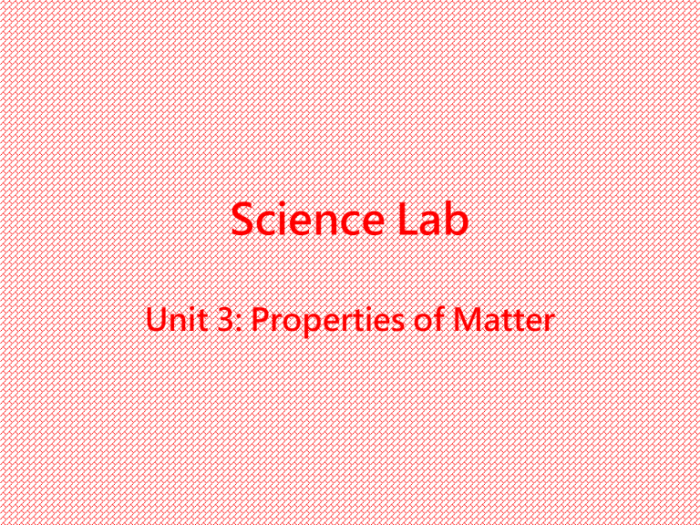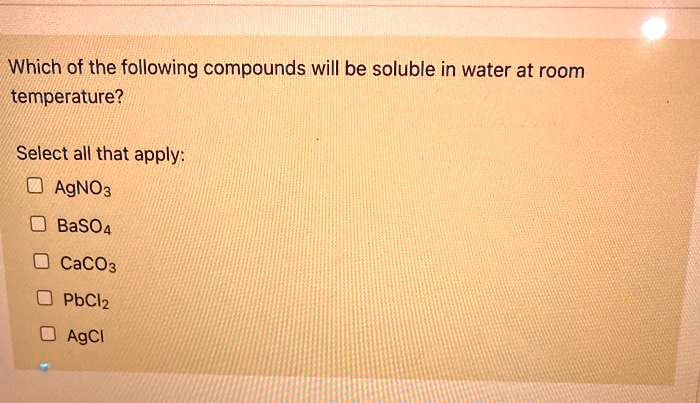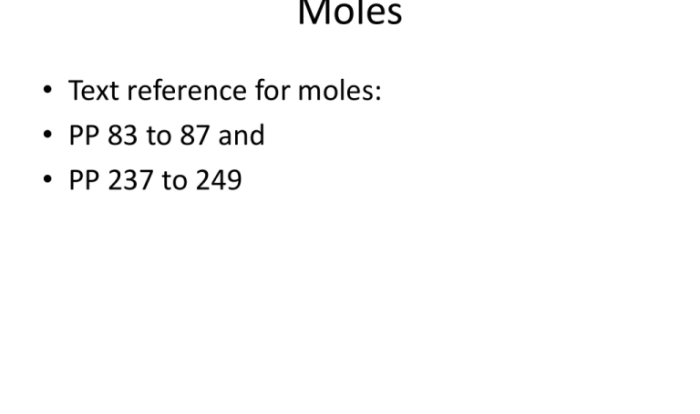Advance study assignment resolution of matter into pure substances – Embark on an exploration of “Advance Study Assignment: Resolution of Matter into Pure Substances,” a captivating journey that delves into the intricacies of separating complex mixtures into their constituent pure components. This comprehensive study unravels the techniques, methods, and applications of this fundamental process, offering a deeper understanding of the nature of matter and its significance in various scientific disciplines.
Through a meticulous examination of chromatography, distillation, and filtration, we uncover the principles that govern the separation of substances based on their physical and chemical properties. We delve into the identification of pure substances, employing melting point and boiling point determination, spectroscopy, and qualitative and quantitative analysis methods.
Techniques for Resolving Matter into Pure Substances

The resolution of matter into pure substances is essential for various scientific and industrial applications. Several techniques are employed to achieve this separation, including chromatography, distillation, and filtration.
Chromatography
Chromatography is a technique that separates components of a mixture based on their different affinities for a stationary and a mobile phase. The stationary phase can be a solid or a liquid, while the mobile phase is a liquid or a gas that flows through the stationary phase.
The components of the mixture interact with the stationary and mobile phases to varying degrees, resulting in their separation.
Distillation, Advance study assignment resolution of matter into pure substances
Distillation is a technique that separates components of a mixture based on their different boiling points. The mixture is heated to a temperature at which the more volatile components vaporize and condense into a separate container. This process is repeated until the desired level of purity is achieved.
Filtration
Filtration is a technique that separates particles from a fluid by passing the fluid through a filter. The filter retains the particles while allowing the fluid to pass through. Filtration is used to remove impurities from liquids and gases.
Methods for Identifying Pure Substances
Once matter has been resolved into pure substances, it is important to be able to identify them. Several methods are used for this purpose, including melting point and boiling point determination, spectroscopy, and qualitative and quantitative analysis.
Melting Point and Boiling Point Determination
Melting point and boiling point determination are simple but effective methods for identifying pure substances. The melting point is the temperature at which a solid substance melts, while the boiling point is the temperature at which a liquid substance boils.
These properties are characteristic of each substance and can be used to identify it.
Spectroscopy
Spectroscopy is a technique that analyzes the interaction of electromagnetic radiation with matter. Different substances absorb and emit electromagnetic radiation at specific wavelengths, which can be used to identify them. Spectroscopy is used in a variety of applications, including chemical analysis, environmental monitoring, and medical diagnostics.
Qualitative and Quantitative Analysis
Qualitative analysis is used to determine the presence or absence of specific substances in a sample. Quantitative analysis is used to determine the amount of a specific substance in a sample.
Applications of Pure Substance Resolution

The resolution of matter into pure substances has a wide range of applications in various fields, including the pharmaceutical industry, chemical synthesis, and environmental monitoring and analysis.
Pharmaceutical Industry
In the pharmaceutical industry, pure substances are essential for the production of drugs and medicines. The purity of the substances ensures that the drugs are safe and effective.
Chemical Synthesis
In chemical synthesis, pure substances are used as starting materials for the production of new compounds. The purity of the starting materials ensures that the desired products are obtained in high yields.
Environmental Monitoring and Analysis
In environmental monitoring and analysis, pure substances are used as standards for the detection and quantification of pollutants in the environment.
Advanced Techniques for Substance Resolution: Advance Study Assignment Resolution Of Matter Into Pure Substances

In addition to the traditional techniques for resolving matter into pure substances, several advanced techniques have been developed. These techniques provide higher resolution and sensitivity, and can be used to analyze complex mixtures.
High-Performance Liquid Chromatography (HPLC)
HPLC is a technique that separates components of a mixture based on their different affinities for a stationary and a mobile phase. The stationary phase is a solid, while the mobile phase is a liquid. HPLC is used in a variety of applications, including the analysis of pharmaceuticals, food products, and environmental samples.
Gas Chromatography-Mass Spectrometry (GC-MS)
GC-MS is a technique that combines gas chromatography with mass spectrometry. Gas chromatography separates components of a mixture based on their different boiling points, while mass spectrometry identifies the components based on their mass-to-charge ratio. GC-MS is used in a variety of applications, including the analysis of environmental samples, forensic evidence, and drugs of abuse.
X-ray Diffraction
X-ray diffraction is a technique that analyzes the diffraction of X-rays by a crystal. The diffraction pattern can be used to determine the crystal structure of the substance. X-ray diffraction is used in a variety of applications, including the analysis of materials, pharmaceuticals, and proteins.
Challenges and Future Directions

Despite the advances in substance resolution techniques, there are still some challenges that need to be addressed. These challenges include the analysis of complex mixtures, the detection of trace contaminants, and the development of new techniques for the analysis of novel materials.
Emerging technologies, such as microfluidics and nanotechnology, are expected to play a significant role in the future development of substance resolution techniques. These technologies offer the potential for miniaturization, increased sensitivity, and improved resolution.
Common Queries
What is the primary objective of resolving matter into pure substances?
The resolution of matter into pure substances enables the isolation and characterization of individual components within a complex mixture, providing insights into their properties and behavior.
How does chromatography contribute to the resolution of matter?
Chromatography utilizes the differential migration of substances through a stationary phase to separate them based on their interactions with the phase. This technique finds wide application in analytical chemistry and purification processes.
What role does distillation play in the resolution of matter?
Distillation involves the selective vaporization and condensation of substances based on their boiling points. This technique is commonly employed to separate liquids with different volatilities, such as in the production of alcoholic beverages and essential oils.
How is filtration utilized in the resolution of matter?
Filtration is a physical separation method that employs a porous barrier to separate particles based on their size. It is commonly used to remove suspended solids from liquids or gases, contributing to the purification and clarification of substances.



